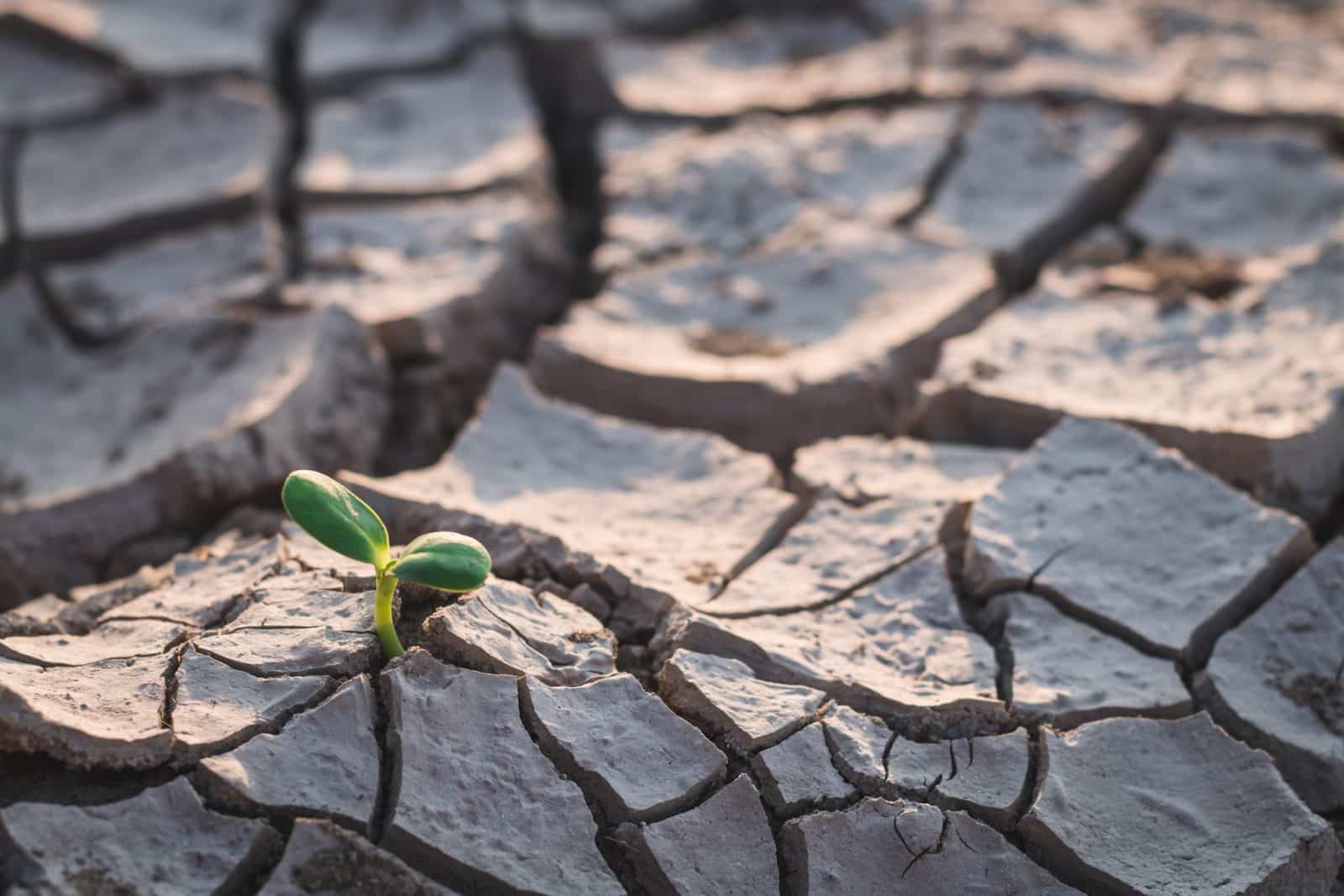On June 17, the world celebrated World Day to Combat Desertification and Drought — a day proclaimed by the United Nation’s General Assembly in 1994. Each year, the celebration brings out a different theme, with this year focusing on “Rising Up from Drought Together”.
And, as the globe looks to discuss the situation of desertification and drought, SANSOR, the South African National Seed Organisation, says the global seed industry has a major part to play in the correction of desertification.
“It is critical that we should be aware that the decisions we make regarding food production will impact our natural resources. Equally important is the choices all of us make regarding what we eat, drink, buy and wear,” said Dr Lukeshi Chetty, general manager of SANSOR, in a release.
According to the UN, drought is one of the most destructive natural disasters in terms of loss of life, and it has great impacts, including widescale crop failure, wildfires and water stress. Droughts are increasing, up by 29% since 2000, with 55 million people affected every year — by 2050, the UN says droughts may affect an estimated 75% of the world’s population.
“Desertification is caused primarily by human activities and climatic variations and is a process that destroys fertile land and can be caused by drought, overpopulation, over-farming, deforestation and climate change,” Chetty said. “The effects of desertification can be seen in many parts of the world, but especially in Africa where factors such as poverty, political instability and wars, overgrazing, unsuitable cultivation practices with water and soil erosion, and deforestation have impacted negatively on the productivity of the land.”
Chetty says the seed industry can help combat desertification in a few different ways.
“More efficient use of resources and modern technologies, improved seed and cropping systems and better forest management may greatly support farmers to withstand droughts, floods and other challenges,” she said.
SANSOR recommends the following strategies to combat desertification and drought:
- Improved seeds with higher yields to reduce the area needed for cultivation of crops.
- Cultivation practices such as conservation, reduced or no-till practices to conserve soil and moisture.
- Crop rotations to improve pests and weed control, as well as soil health.
- Planting cover crops to contribute toward soil health by replenishing nutrients and reducing soil erosion.
- Seed treatments to protect seed during emergence.
- Use of GMOs, as GMOs can play a large role in sustainable farming.
- Use of digital technology to give growers variability and more precise planting decisions.
- Improved IPM technology to prevent overuse of crop protection and to protect tools in a grower’s toolbox.
- Reduced overgrazing of land, which can lead to soil degradation and erosion and speed up desertification.
- Planting trees to reduce soil erosion.
- Water management by using reducing water run-off.
“Very often simple and innovative practices can be used to adapt to adverse climatic conditions and mitigate the effects of droughts,” Chetty said. “These sustainable practices combined with modern technologies can protect our continent against land degradation, drought, and desertification. We are fortunate that we have the tools and technologies to support food production and help to slow down or reverse land degradation and desertification and promote sustainable food production — if we allow science-based policies, regulations and policies to guide us.”
Read More:
New Programme to Boost Soil Productivity and Reduce Soil Degradation in Africa
Out of the Black Box: Festulolium Roots Shine Through Drought Periods











